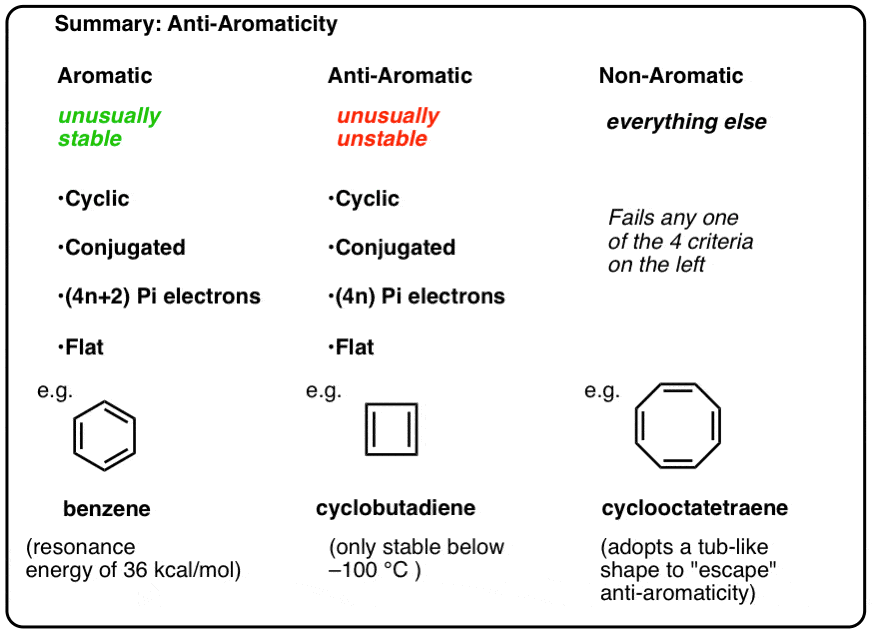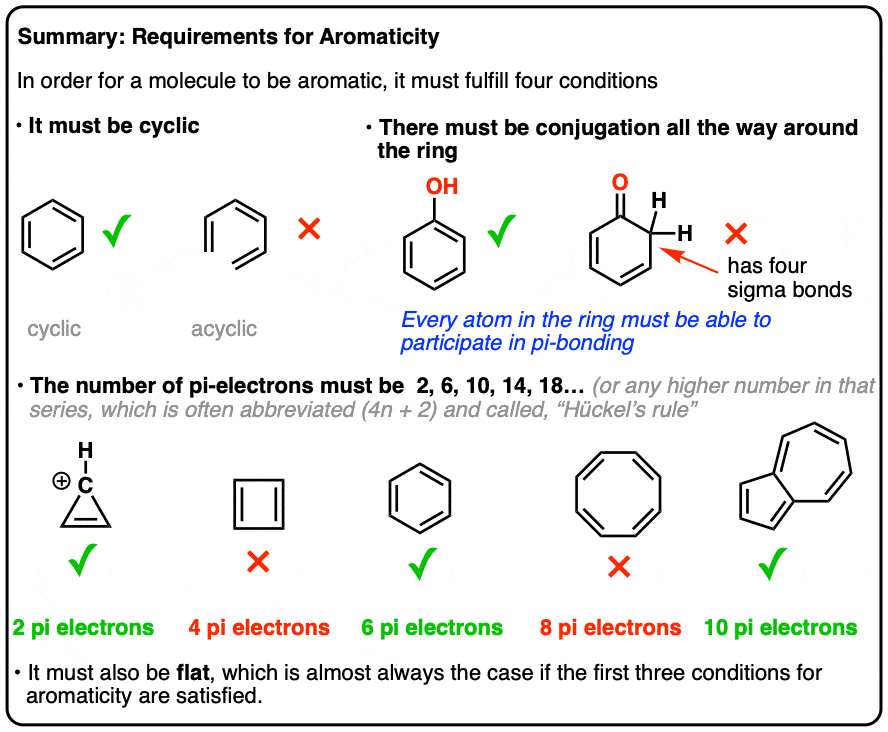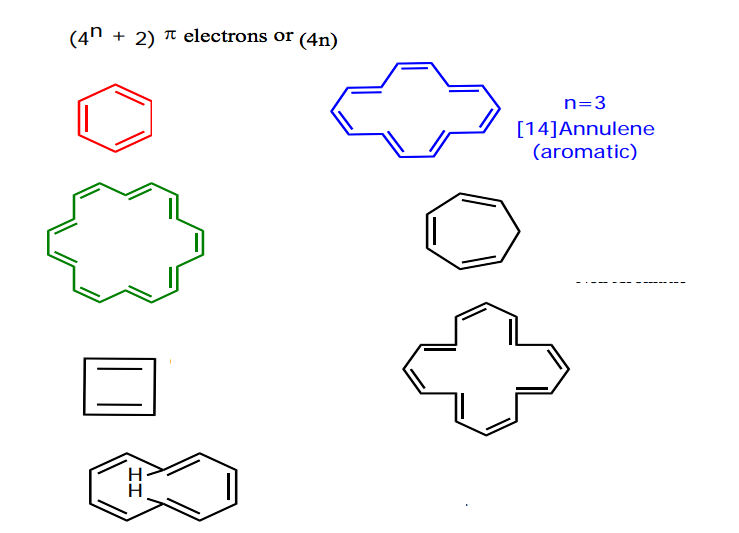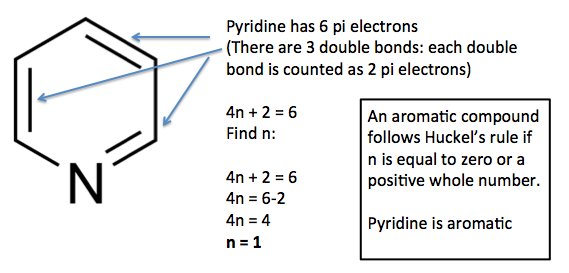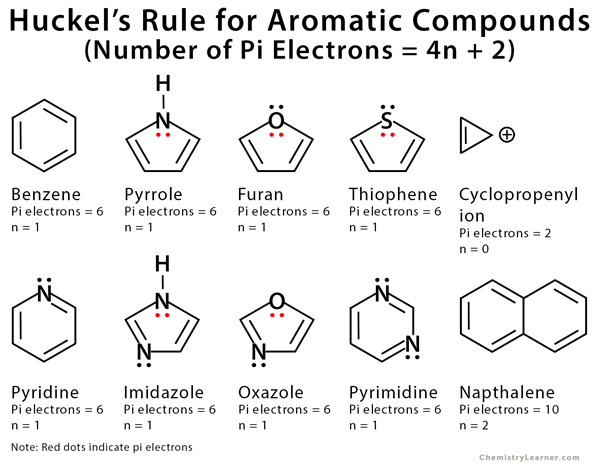
Chemistry - Hückel's Rule (4n+2 rule): In order to be aromatic, a molecule must have a certain number of pi electrons (electrons with pi bonds, or lone pairs within p orbitals) within

The ring systems having the following characteristics are aromatic:(i) Planar ring containing conjugated pi bonds.(ii) Complete delocalization of the pi electrons in ring system i.e., each atom in the ring has unhybridised

Classics Illustrated: Clar's Sextet and Hückel's (4n + 2) π-Electron Rules | The Journal of Physical Chemistry C

A Disrotatory 4n+2 electron anti-aromatic Möbius transition state for a thermal electrocyclic reaction. | Henry Rzepa's Blog
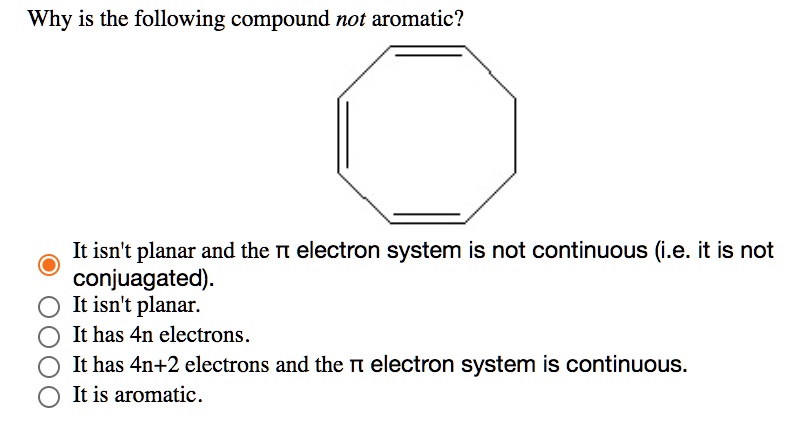


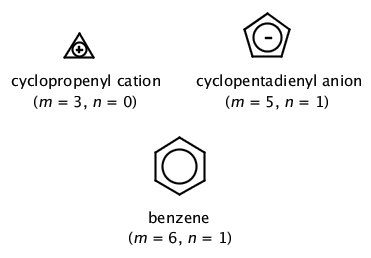
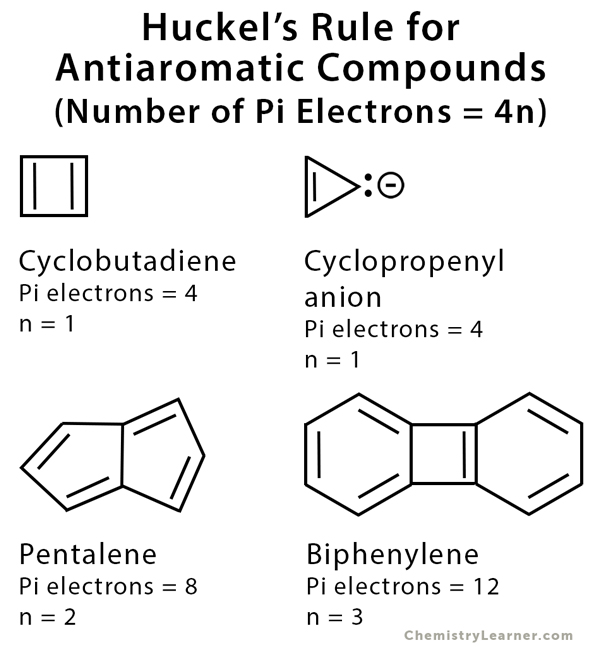

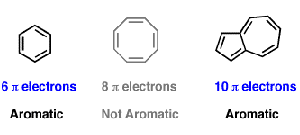
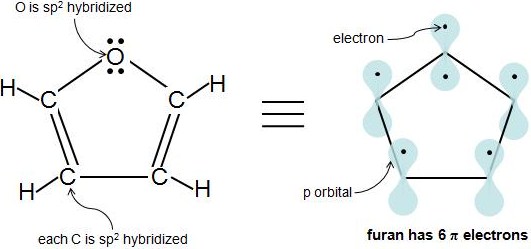.jpg?revision=1&size=bestfit&width=369&height=173)




